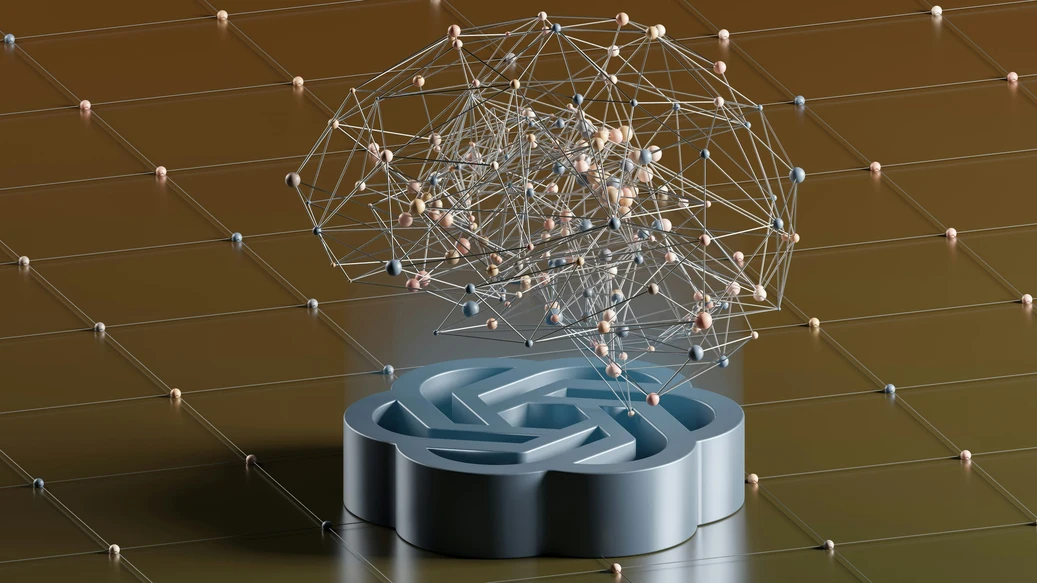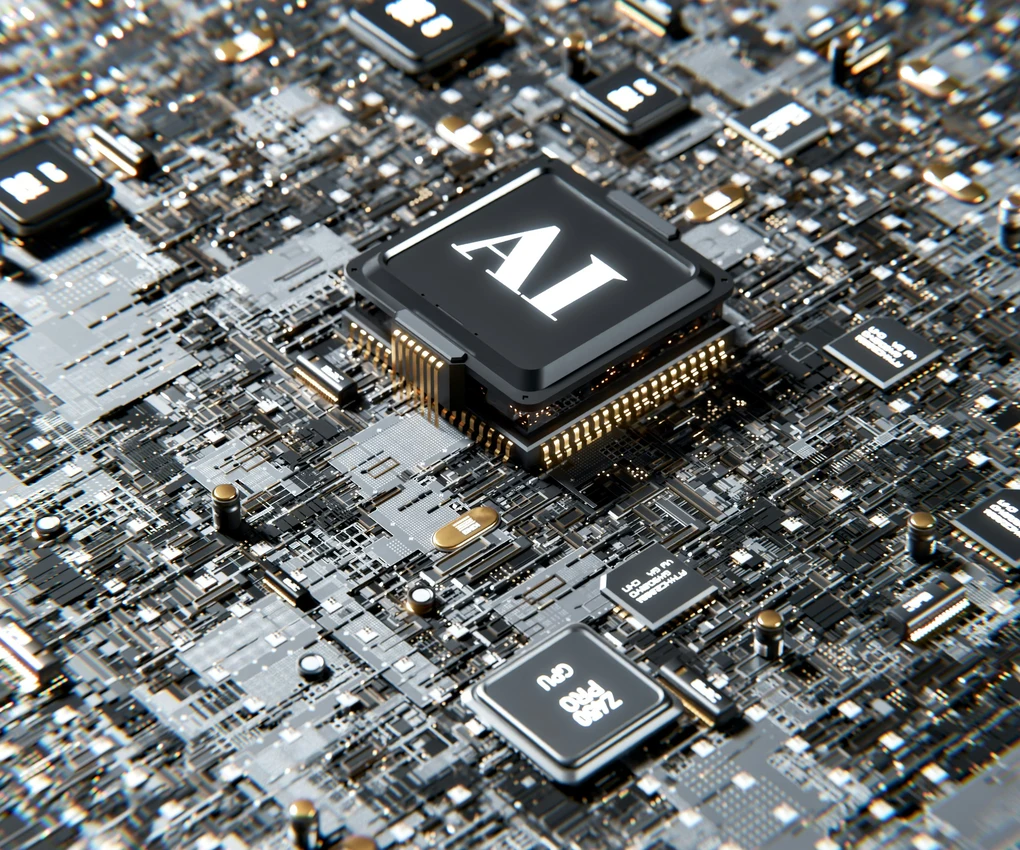Imagine an AI that doesn’t just follow commands but takes initiative. Instead of waiting for you to tell it what to do, it understands your goals, plans tasks, and acts — all on its own. That’s the promise of Agentic AI, the next evolution in artificial intelligence that’s redefining how we interact with technology. From smart homes that anticipate your needs to devices that make autonomous decisions, agentic AI represents a shift from reactive to proactive computing — and it’s changing everything.

What Is Agentic AI?
At its core, Agentic AI refers to AI systems with autonomy. Unlike traditional AI that performs specific tasks only when prompted, agentic AI can set goals, prioritize actions, and execute multi-step tasks without direct supervision. Imagine asking your digital assistant to “plan a weekend trip,” and it books your flights, hotel, and rental car — all aligned with your calendar and preferences. That’s agentic intelligence at work.
This leap means AI isn’t just smart anymore; it’s strategic. It learns from experience, adapts to changes, and reasons like a human planner. The technology is already finding its way into homes, workplaces, and devices you use daily — quietly reshaping everyday tech.
The Difference Between Traditional AI and Agentic AI
Traditional AI systems are task-specific. They rely on your input — “Turn on the lights,” “Schedule a meeting,” “Summarize this text.” Agentic AI, on the other hand, goes beyond execution. It understands context and outcomes.
Think of it this way:
- Traditional AI waits for your instructions.
- Agentic AI predicts what you’ll need next and handles it automatically.
This isn’t just convenience — it’s efficiency at a new scale. For example, instead of you managing your smart home settings daily, agentic AI could analyze your behavior and adjust lighting, temperature, and security systems based on patterns.
How Agentic AI Is Entering Everyday Tech
Agentic AI isn’t science fiction. It’s already being embedded into mainstream technologies across multiple industries. Let’s look at a few areas where it’s making the biggest impact:
1. Smart Homes That Think for You
Homes powered by agentic AI are no longer passive environments. They adapt dynamically — dimming lights when you start a movie, preheating the oven before dinner, or activating security systems as you leave. The AI learns routines and anticipates needs, creating a home that responds before you ask.
2. Personal Assistants That Truly Assist
The next generation of digital assistants will go beyond reminders and weather updates. They’ll manage entire workflows. Imagine your assistant booking appointments, comparing insurance options, or handling customer service calls automatically — freeing up your time for what matters most.
3. Autonomous Work Tools
In offices, agentic AI can now write reports, coordinate meetings, and even manage projects. Tools like Microsoft Copilot and emerging autonomous agents are evolving rapidly to act as digital employees, saving hours every day by understanding organizational priorities.
4. Transportation and Travel
Agentic AI in cars will soon make navigation feel outdated. Your vehicle could plan routes around weather, your calendar, and even refueling needs. Similarly, travel platforms could handle itinerary changes automatically when a flight is delayed — no calls, no waiting.

The Benefits of Agentic AI
The real advantage of agentic AI lies in its ability to handle complexity. Here’s why it’s becoming a tech game-changer:
- Saves Time: Handles repetitive, multi-step tasks autonomously.
- Enhances Efficiency: Reduces the need for constant user input.
- Learns Over Time: Improves accuracy and personalization with every interaction.
- Integrates Seamlessly: Works across devices and platforms to create unified digital experiences.
In essence, agentic AI aims to make technology less demanding and more helpful — tech that understands you, rather than the other way around.
Risks and Ethical Challenges
As with any powerful innovation, agentic AI comes with risks. The more autonomy an AI system has, the more potential there is for misuse or unintended consequences. Issues include:
- Data Privacy: The AI must access personal data to anticipate needs.
- Decision Accountability: Who’s responsible if an autonomous AI makes a bad choice?
- Bias in Learning Models: If trained on biased data, agentic AI could reinforce unfair outcomes.
Tech companies are actively developing guardrails and ethical frameworks to ensure agentic AI systems remain transparent and aligned with human goals. Regulation and public awareness will play a big role in keeping this shift safe and beneficial.
Why This Shift Matters for the Future
Agentic AI isn’t just a technological milestone — it’s a cultural one. For decades, technology has required our attention, input, and management. Now, it’s flipping that dynamic. Devices and systems are starting to work for us in ways that feel intuitive and almost invisible.
In the coming years, you’ll likely interact with agentic systems without realizing it — from the emails drafted on your behalf to your home appliances that predict your schedule. It’s not just the next step in AI evolution; it’s a redefinition of what “smart” means.
Preparing for the Agentic AI Era
To adapt to this shift, consumers and professionals should start thinking differently about technology. Instead of asking, “What can AI do?” the new question becomes, “What can AI do on its own?” Understanding this distinction helps users adopt agentic tools wisely and stay ahead of the curve.
For developers, the challenge is building systems that balance autonomy with control — ensuring that while AI can act independently, it always remains accountable and transparent.

The Bottom Line
Agentic AI is poised to revolutionize everyday life — quietly but powerfully. From home automation to workplace productivity, it’s shaping a world where AI becomes a proactive partner, not just a responsive tool. As technology continues to mature, we’re entering a new phase of digital living — one where your devices understand, adapt, and take initiative for you.
Want more blogs like these?
Explore the Tech Life category on Designs24hr for in-depth guides, emerging tech insights, and smart innovations shaping the future of digital living.
Frequently Asked Questions (FAQS)
1. What is an AI design assistant?
An AI design assistant is a tool that helps with creative tasks like layout design, color selection, and content generation using artificial intelligence.
2. Can AI design assistants replace human designers?
Not entirely. They help speed up workflows but still rely on human creativity and judgment.
3. Are AI-generated designs original?
They’re based on training data, so they can feel repetitive without human input to add unique style and emotion.
4. Do AI design tools cost money?
Many offer free versions, but professional plans unlock more features and higher-quality results.
5. How can designers use AI tools effectively?
Use AI for idea generation or automation, then refine and personalize the results with your own creativity.







